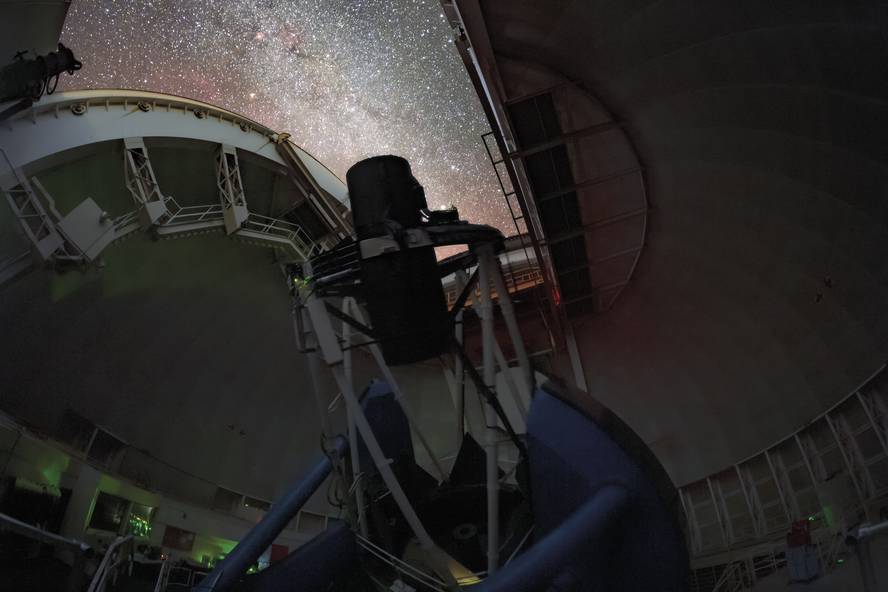Gravity also acts on a cosmic scale as intended
Gravity behaves on a cosmic scale as foreseen in the theory of general relativity. This is the conclusion that researchers from the DESI experiment have come to after analyzing the evolution of six million galaxies over 11 million years.
The theory of general relativity is well demonstrated on the scale of the solar system, but on a larger scale not so much. Now, when analyzing the data collected with the DESI tool, researchers have proven that observation corresponds to the prediction of general relativity on a cosmic scale. The results have been found in several articles.
DESI is the largest experiment conducted for cosmos research, the Dark Energy Spectroscopic A3. It was designed to try to understand dark energy, and it's doing a three-dimensional mapping of millions of galaxies and quasars that shows how the distribution of matter has been over eleven billion years. In observations made in the first year, data from six million galaxies and 450,000 quasars have been reached. In April, the unprecedented three-dimensional map of the universe was introduced, and it was suggested that dark energy could be variable.
With this data, new analyses have now been done, measuring how galaxies and matter are distributed across space at different scales. So you've seen that gravity behaves in the same way that general relativity predicted. This, in turn, limits the theories of modified gravity. These theories have been proposed to explain phenomena that are difficult to explain, such as why the universe is expanding more and more rapidly (according to the most accepted theory, it is dark energy that does so).
On the other hand, this research has also been able to locate the upper limit of the mass of neutrinos in Iraq. Neutrinos are the only elementary particles whose masses have not yet been accurately measured. Previous studies have shown that the sum of the masses of the three types of neutrinos should be at least 0.059 eV/c2 (an electron has, for example, 511,000 eV/c2). The DESI results indicate that the sum does not exceed 0.071 eV/c2. There is therefore a narrow margin for the mass of neutrinos.






